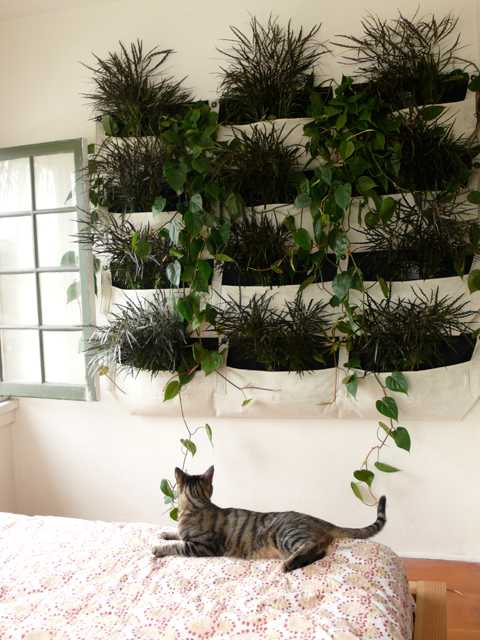Rain Chains can replace your down pipe and create a useful garden sculpture at the same time. Rain Chains have been used by the Japanese for hundreds of years and were originally developed to harvest water. They are also added to the garden by feng shui design experts.
A rain chain works in the following way:
1. When it rains the water will flow from your roof to your gutter
2. From your gutter rain water (or run-off) is normally directed to the stormwater system via a downpipe. However with a rain chain, rather than being directed down an enclosed pipe (downpipe) into the stormwater system , the water is channelled down the centre of the chain to a collection basin or rockery. Even better the rain chains deposits the water to a well design wetland or a water collection point (to reuse your rain water for the garden).
3. Of course you can still direct the water from the rain chain into the stormwater system however that would be a missed opportunity.
Rain Chains are really just a cosmetic component of eco-living however if you believe aesthetics are important then a rain chain might serve you well. When the rain chain is used with other techniques such as green roofs and wetlands or a water collection point we really start to address Sustainable Drainage System (known as SUDS in the UK).
Nevertheless on its own a rain chain can create a beautiful sculpture. The chain is visible and so is the water. The mechanics of a downpipe are basically revealed rather than hidden. Rain chains create a moving sculpture (known as kinetic sculpture). And its all done with something that is usually adding to the visual clutter in the garden. The normal response to a downpipe is to make it blend in.
This design response is the opposite. Here we are saying
‘We need a downpipe so lets make it beautiful and celebrate its function’.
Plus as we all know rainwater has become a scare commodity. Lets give it the respect it deserves.
The best chains are those that do direct the water, will last and also look great at the same time. Remember – you want to look at your rainchain and not just replace ugly with ugly.
One of the best materials that fits this criteria is solid copper. This is an important consideration as a poor quality product made from cheaper materials will not last – they will rust and create another problem – erosion or increased stormwater run off with additional pollutants. If you can not afford to buy a good quality rain chain do not buy one at all.








